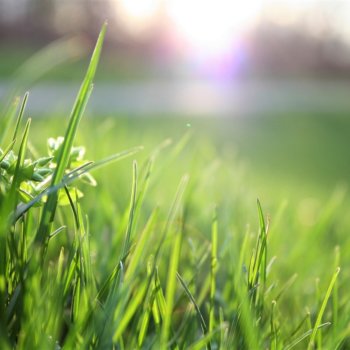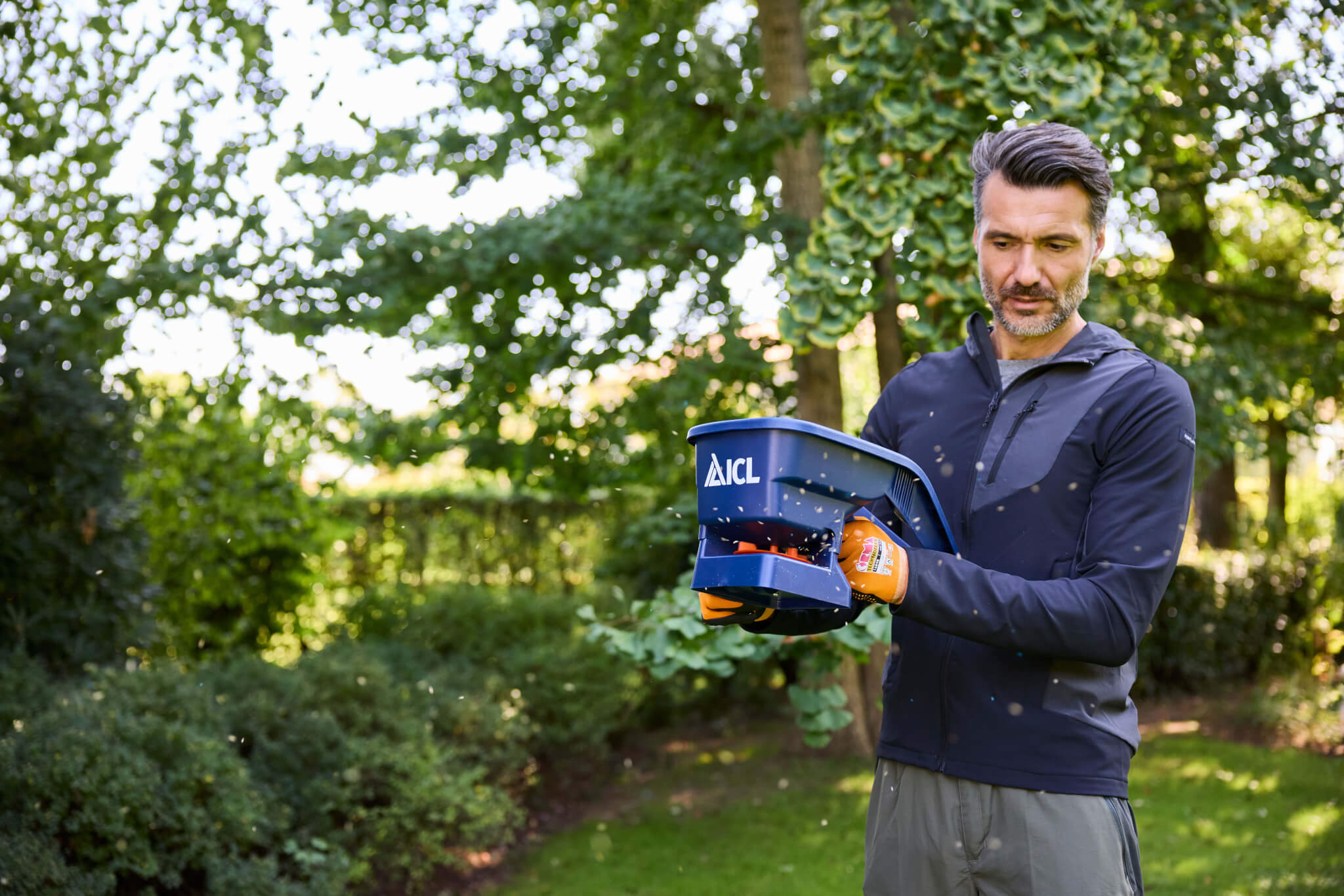How to make patchy lawns a thing of the past

Johnsons Lawn Seed shares its simple tips for repairing patchy lawns
8 April 2021
Repairing patches in a lawn is a simple process and can be done quickly and easily. With spring now officially here and with it a whole new set of gardening jobs, Johnsons Lawn Seed offers useful advice on repairing patchy lawns.
1) To start, it helps to choose the correct mixture so that new growth blends perfectly with your existing lawn. If you are unsure a lawn thickener, which is coated in a fertiliser so the nutrient is targeted specifically at the new grass, can be particularly useful.
2) Next rake the patch vigorously to break up and reveal the soil, if the area is very compacted you may need to use a fork. When you rake make sure you do so beyond the obvious edge of the patch, later you will sow lawn seed into the extended area too. If you do this it will make your patch blend in better with the existing grass because you will not have a defined edge where new grass meets the old.
3) Remove any stones or hard lumps of soil from the area, when you have finished it should look evenly raked with broken up soil. Most patches have very little grass cover so you need to use the sowing rate for new lawns, check the instructions on the pack but this is usually between 35g m2(1 ¼ oz per sq. yard) to 50g m2 (1 ½ oz per sq. yard).
4) Sow the seed by hand and evenly distribute it over the area, you can mix the seed with a few handfuls of topsoil too if this helps you sow it more easily. Gently rake the area to allow the seed to mix in with the soil, and then, this is important, gently firm in the seed by treading it in. By doing this the seed will have good contact with the soil allowing it to absorb water and put roots down.
5) Water the area with a fine spray and keep it moist until the grass is established. Be careful at the beginning not to over water as you will wash away the soil and the seed.
6) When the grass is 5-8cms (2-3in) high cut for the first time and over a cut or two bring it down to the level of the existing grass. To minimise the stress on the grass never remove more than a third of the growth at one time.



 Print
Print









Fans 0
Followers